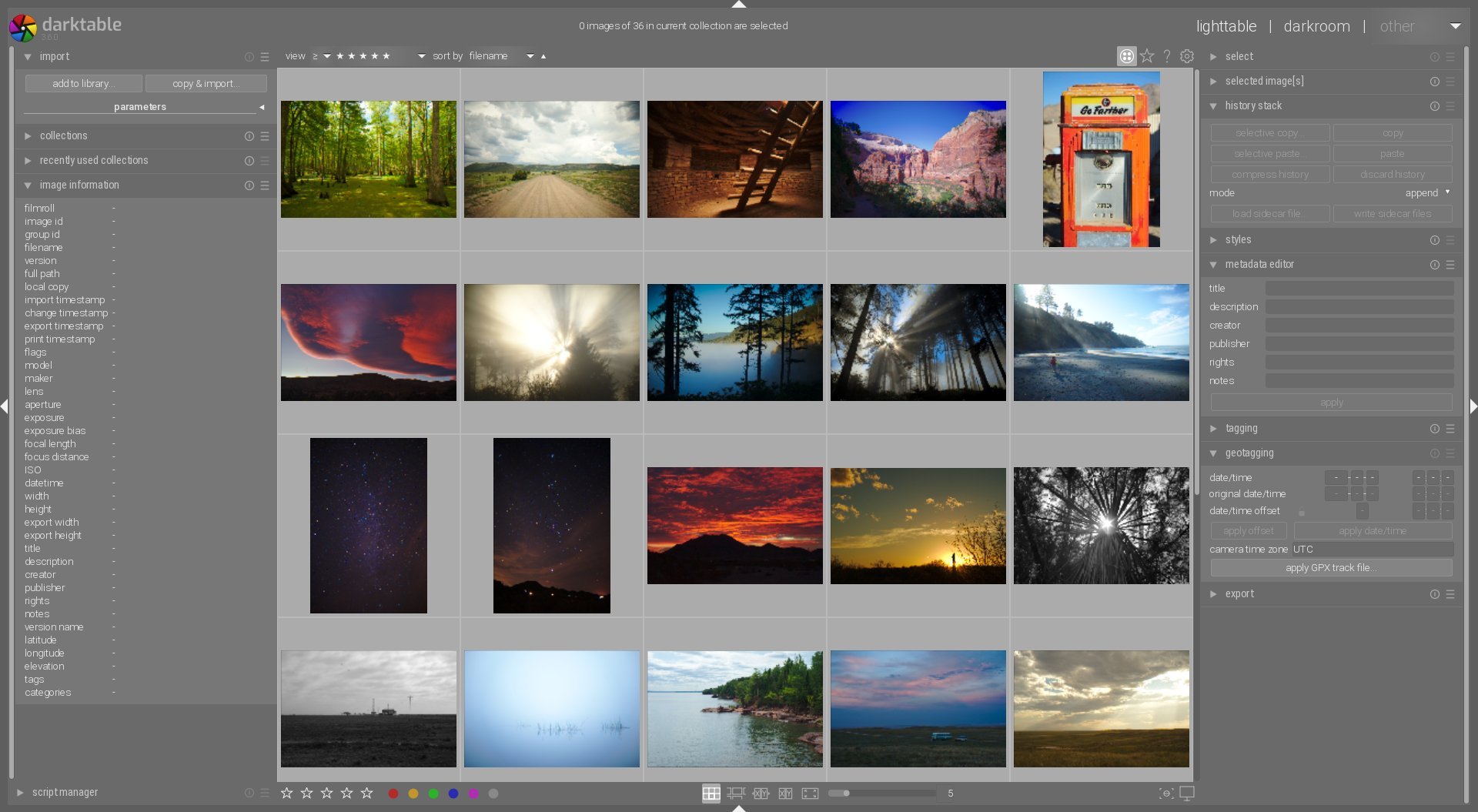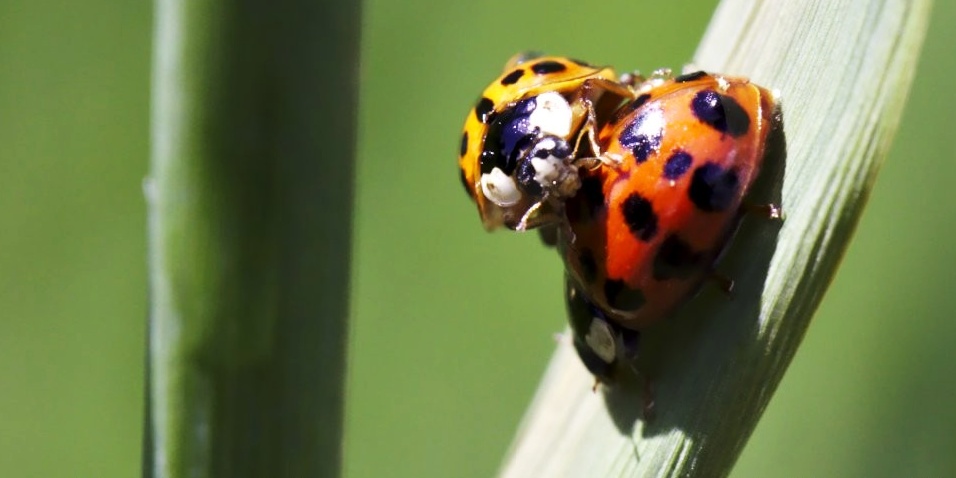
To further enhance the appearance of the stars, try Local Contrast and Microcontrast. (Back to RawTherapee.) To enhance shadow details, decrease the black level (to -1700 in this case) and increase shadow compression. It can also be helpful to increase exposure. There are other tools you can try, such as Shadows/Highlight or Tone Mapping. When I open the file in darktable, I get a message: "failed to read camera white balance information", which confirms my initial assessment. Since darktable does not have an auto white balance setting, you pretty much just have to try each option until you see something you like. The luminance of the images are similar, but we perceive warmer colors as "brighter", so change white balance to auto. After that, it is a matter of playing with settings until you get what you want or something you can work with more in GIMP. I use RawTherapee because I cannot get darktable to do what I want. The first thing I notice is that the camera and darktable white balances are different. (The JPEG exports in this post are resized from 4000×3000 to 1600×1070 pixels)

Natural Bridges National Monument ( Class 2 on the Bortle clase) in Utah, USA at 22:45 local time (Sunset 20:22, end of Civil Twilight 20:51, end of Nautical Twilight 21:27, end of Astronomical Twilight 22:07).
#Darktable failed to read white balance iso#
Photo taken with Sony A6000, ISO 3200, 30 seconds, Samyang 12 mm F/2 NCS at F/2. What kind of setting would be effective on the RAW to make the stars come out, at least like in the JPEG, possibly more? Once I understand why the JPEG photo looks the way it does and what settings can be used to reproduce something similar, I may be able to apply my knowledge to customise these and other night photos to my personal preferences.
#Darktable failed to read white balance how to#
However, I can't figure out how to enhance the starry sky and make the black sky background blacker and less red (if I force the red down in the white balance setting in darktable, it just turns green instead, and I get less stars). I have tried to do further base curve correction, contrast adjustment, various white balance combinations of colour temperature and tint, direct colour changes, and others. This looks better than the intermediate, in particular the foreground, but compared to the in-camera JPEG, I still see far fewer stars, and the sky between the stars is still more red than I would like. To make the black blacker, I applied a base curve correction at 7.58 / 3.07 (-4.51), resulting in:ĭarktable RAW with base curve correction and exported to JPEG. The in-camera JPEG (top) shows more stars, the black of the sky is blacker, and the foreground looks better, too. I would like to learn to get the most out of my RAW photos.ĭarktable RAW exported to JPEG without any editing.

In particular, the JPEG has a lot more stars and a blacker sky, and I'm looking for what curves or levels to edit in the RAW to reproduce that.

There should be a lot more potential in RAW, but I can't make it look as visually pleasing as the JPEG. I've been taken night photography photos with my Sony A6000 in RAW+JPEG.


 0 kommentar(er)
0 kommentar(er)
